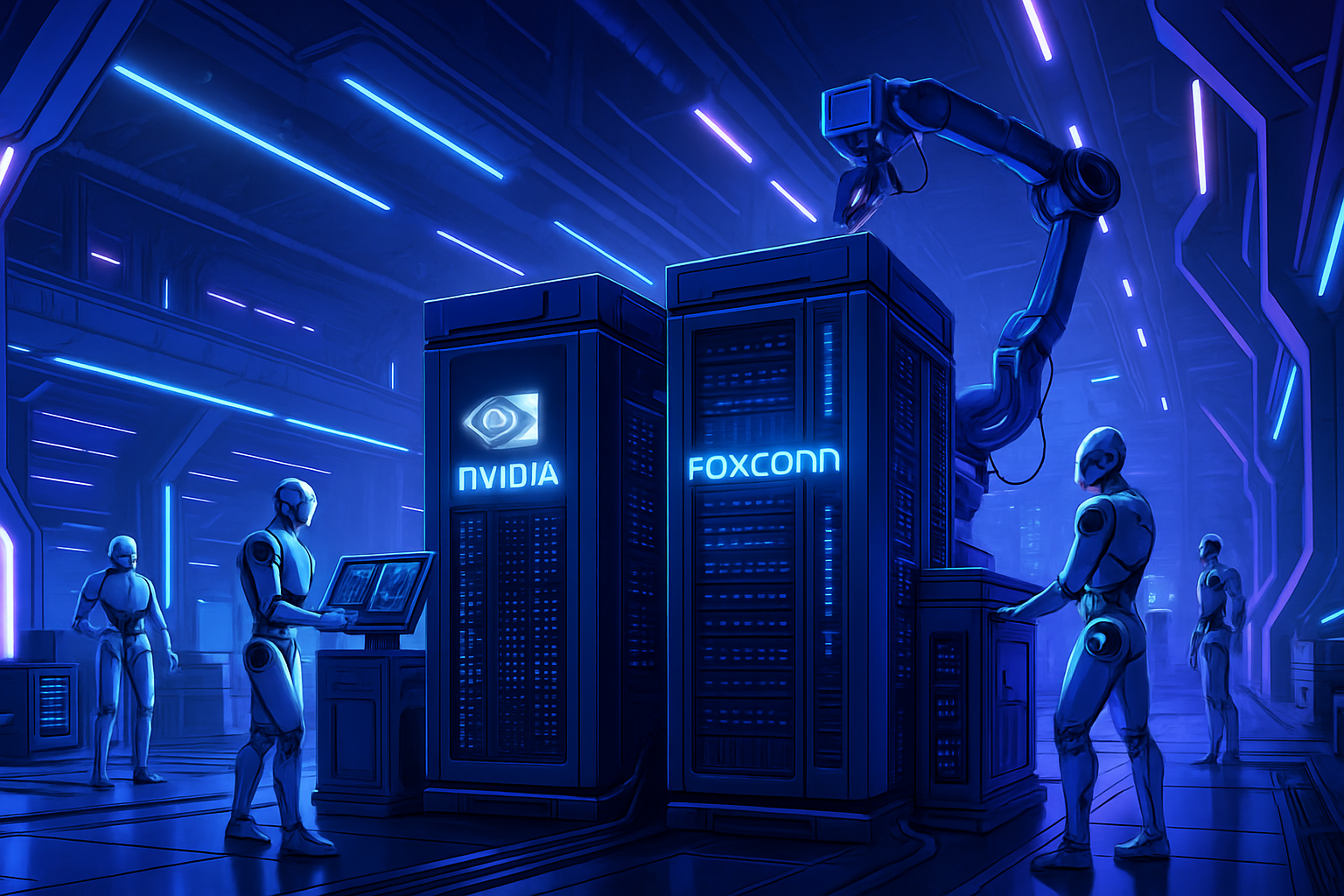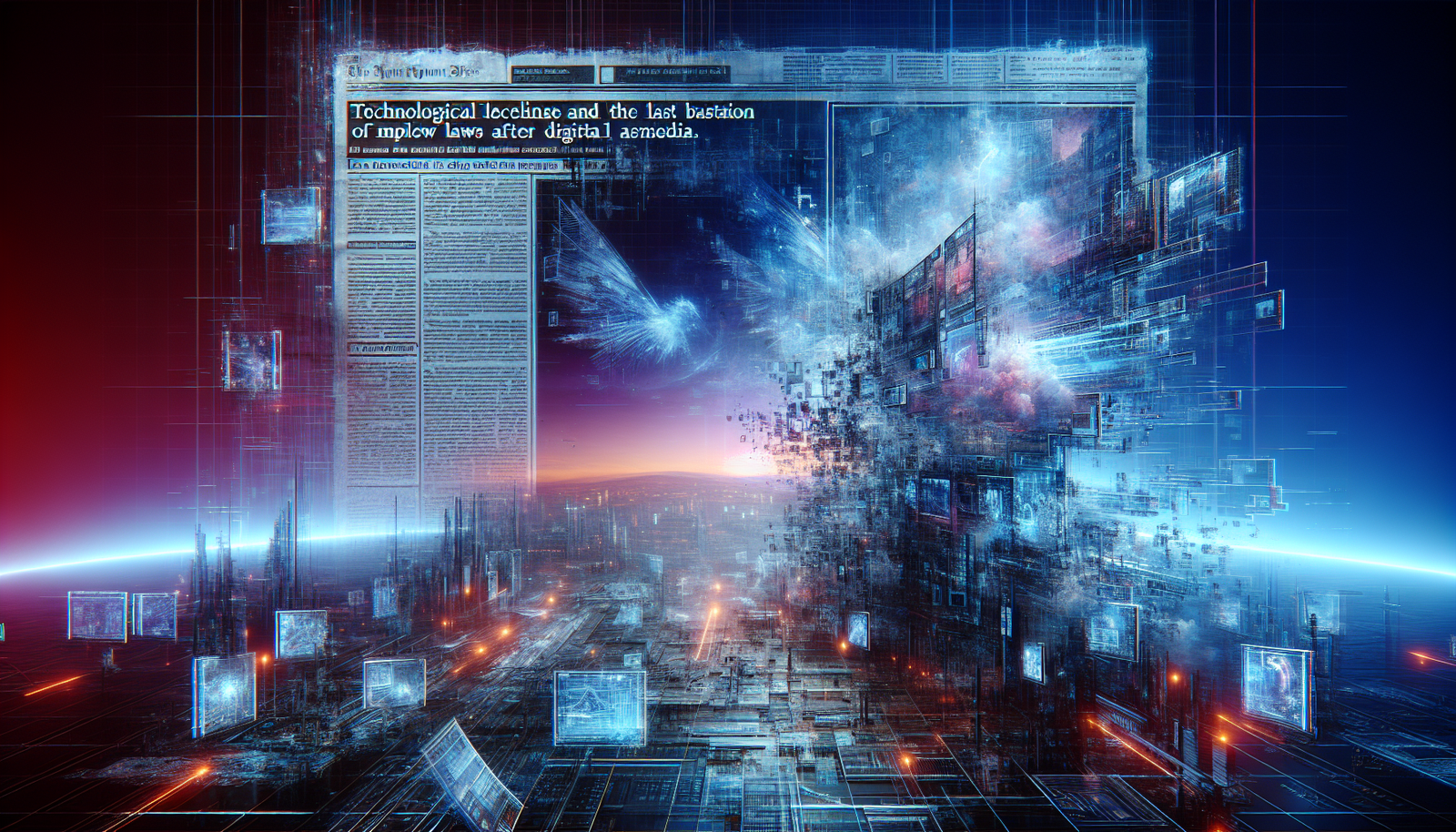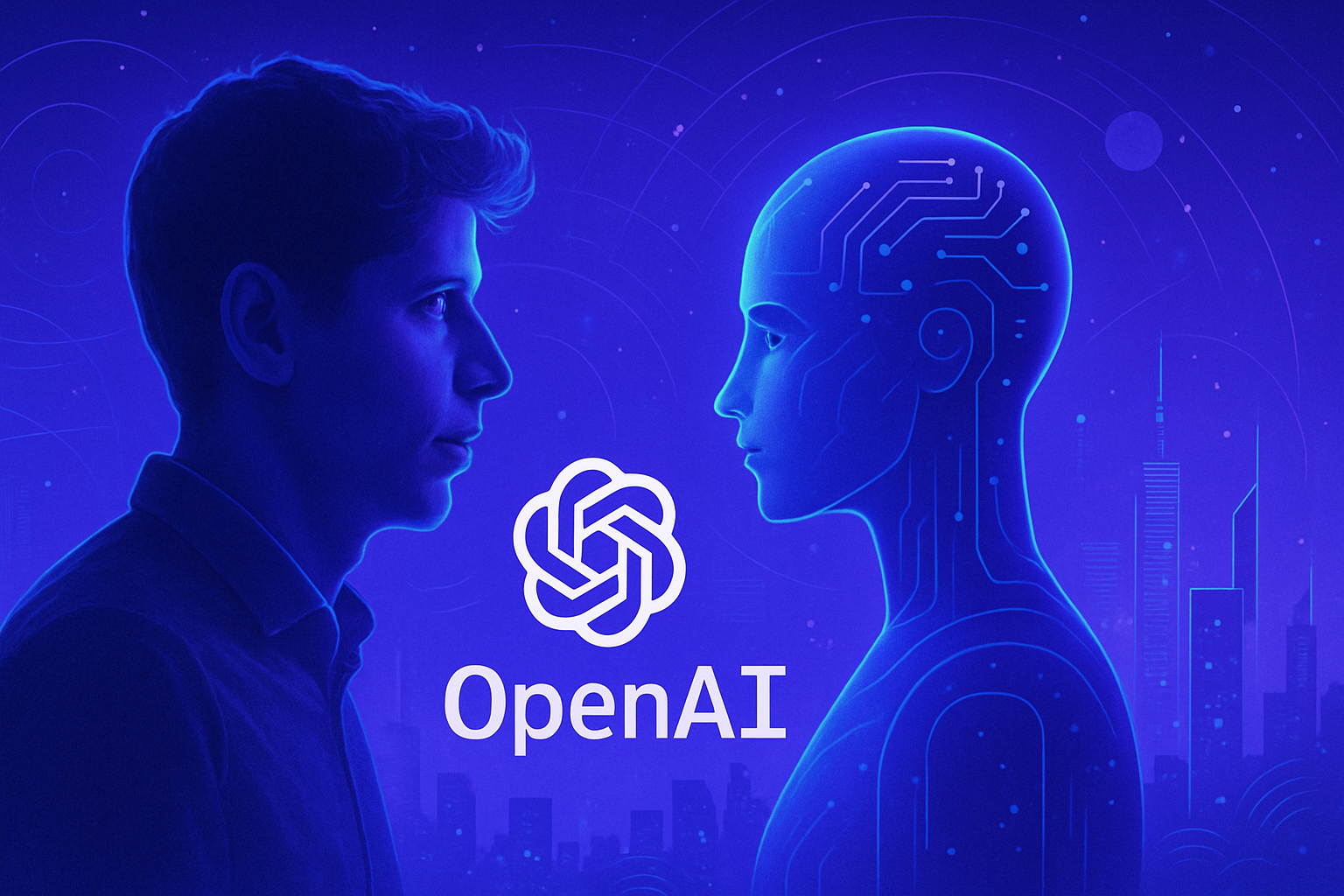Nvidia and Foxconn are partnering to boost the technology landscape in Taiwan with the creation of a revolutionary AI factory. This strategic partnership aims to build a supercomputer designed to enhance the artificial intelligence capabilities available for research and industry. Jensen Huang, CEO of Nvidia, emphasizes the transformative impact of AI on the sector, announcing significant advancements in technological infrastructure, while stimulating local innovation. This initiative propels Taiwan to the forefront of the global competition for the future of advanced technologies.
Nvidia and Foxconn collaborate on an ‘AI factory’
The company Nvidia, co-founded and led by Jensen Huang, has announced an ambitious partnership with Foxconn, renowned for its electronics manufacturing, to build a dedicated ‘AI factory’ for supercomputers in Taiwan. This initiative is part of a global dynamic of advanced research in artificial intelligence technologies.
Technical specifics of the initiative
Nvidia will supply 10,000 Blackwell graphics processors, considered the most advanced in the world for generative AI applications. These components are integrated into next-generation systems, the GB300. Foxconn, through its subsidiary Big Innovation Company, will handle the necessary infrastructure, playing a key role as Nvidia’s cloud partner.
This supercomputer aims to broaden access to AI computing for researchers as well as various businesses, including the National Science and Technology Council of Taiwan and TSMC, the largest semiconductor manufacturer in the world.
The impact of artificial intelligence on the industry
Jensen Huang stated: “AI has triggered a new industrial revolution, transforming both science and industry.” The construction of this AI factory underscores Taiwan’s desire to position itself at the forefront of technological innovation. This responds to a growing demand for advanced AI solutions.
AI supercomputers, often viewed as the future of computing, rely on specialized hardware such as GPUs and TPUs. These processors, equipped with hundreds of thousands of processing cores, operate in parallel to analyze vast volumes of data, paving the way for major scientific breakthroughs.
The challenges of supply and new initiatives
The supercomputer project comes as Foxconn, Apple’s main supplier, attempts to diversify its supply chains, thus reducing its reliance on manufacturing in China. Meanwhile, the company has also unveiled its Nurabot assistance robot, designed to optimize the transport of medications and samples in hospitals across Taiwan.
Foxconn has recently received approval from the Indian government to establish a joint venture with the HCL group led by Shiv Nadar. An investment of 37 billion rupees, about 435 million dollars, will facilitate the creation of a new semiconductor factory in Uttar Pradesh. This site is expected to be operational by 2027.
The strategic role of Taiwan in the semiconductor sector
The country, home to several key players in the semiconductor sector, continues to dominate the global market. In addition to TSMC, companies like Mediatek and Hermes-Epitek also play a significant role. Mediatek focuses on designing chips for generative AI and edge AI applications, while Hermes-Epitek specializes in optoelectronic equipment.
Advancements in AI appear essential for driving innovation in this dynamic sector. Strengthening AI infrastructure in Taiwan reflects a commitment to supporting cutting-edge research, such as that conducted by TSMC.
Future prospects for innovation
This partnership between Nvidia and Foxconn illustrates the strategic nature of AI, both for research and for the development of practical applications. Companies like TSMC, with a focus on AI-driven innovation, are beginning to shape the technological future. In this context, the commitment to exploring new avenues of innovation, particularly through neural networks, becomes essential.
In this climate of innovation, initiatives are developing to align AI capabilities with market needs. These advancements, particularly among tech companies, are proving crucial for developing tailored solutions for clients. Customer experience thus becomes a priority in this innovative context.
Companies and governments are committing to an unprecedented global competition, heightened by projects like this one. The sector is destined for fascinating development, supported by ongoing research and technological progress.
In summary, this strategic partnership will resonate well beyond Taiwan’s borders, with potential implications on a global scale. This development embodies a major step in the quest for effective and accessible AI solutions aimed at addressing the challenges of the future.
Frequently Asked Questions about the Nvidia and Foxconn AI Initiative in Taiwan
What is the main goal of the AI factory launched by Nvidia and Foxconn in Taiwan?
The main goal is to build a supercomputer dedicated to AI, which will significantly improve the availability of AI computing for researchers and businesses.
What types of technologies will be used in this AI supercomputer?
The supercomputer will be powered by 10,000 Nvidia Blackwell GPUs, which are among the most advanced chips for generative AI, and will include AI infrastructure provided by Foxconn.
Who will benefit from the AI infrastructure created by this partnership?
The main beneficiaries will include the National Science and Technology Council of Taiwan, as well as Taiwan Semiconductor Manufacturing Co. (TSMC), among other leading companies.
What are the implications of this collaboration for the semiconductor industry in Taiwan?
This collaboration strengthens Taiwan’s position as a leader in the semiconductor supply chain and could also promote innovation in AI-related technologies.
How will this initiative transform the industry and research?
It will accelerate discoveries in semiconductor technology and facilitate the development of innovative solutions for various sectors, leveraging the advanced capabilities of AI.
Are there other similar projects planned by Foxconn and Nvidia?
Yes, Foxconn has already launched other initiatives partnering with Nvidia, including the development of robots for hospitals, indicating a growing interest in integrating AI across various fields.
When will this supercomputer be operational?
The exact details regarding the commissioning date have not been provided, but reports indicate that work is underway with expectations of operations in the near future.
Why is it essential to maximize infrastructure dedicated to AI right now?
In a context of accelerating technological innovation, it is crucial to maximize infrastructure to remain competitive and meet the growing needs of businesses and researchers in AI.






